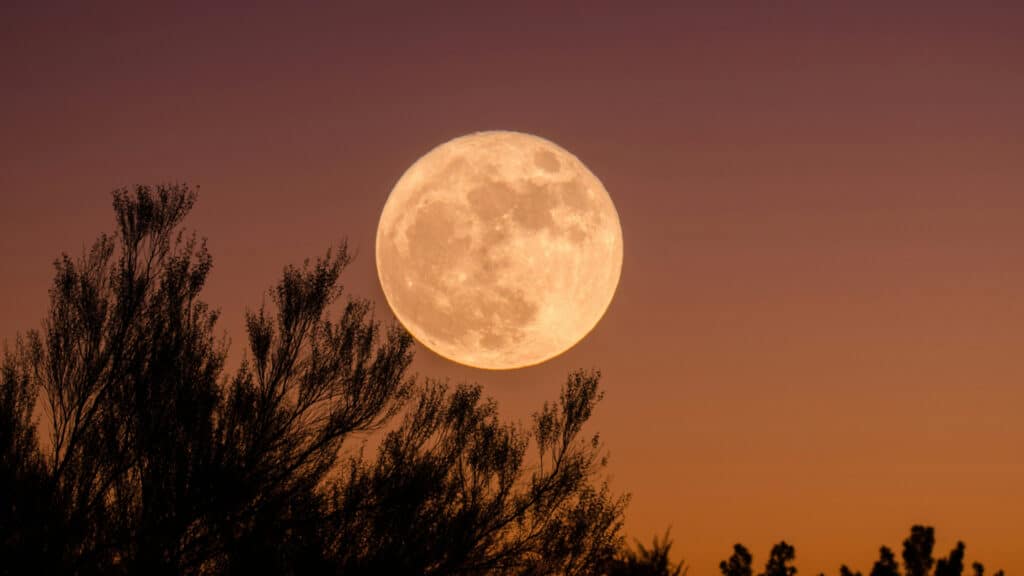
Skywatchers are in for a celestial treat this week as November’s full moon — known as the Beaver Moon — becomes the year’s closest and brightest supermoon, Euronews reported.
A supermoon occurs when the moon reaches its full phase while at perigee, the point in its orbit closest to Earth. During this rare alignment, the moon can appear up to 14% larger and shine up to 30% brighter than the faintest full moon, according to NASA.
This dazzling spectacle peaks on Wednesday, Nov. 6, though the moon will appear full on both Tuesday and Thursday nights. The best time to view it will be shortly after sunset on Wednesday, when the radiant moon rises above the horizon.
No telescopes or binoculars are needed to enjoy the sight — only clear skies and an unobstructed view of the eastern horizon. Experts note that while the moon’s increased size may be subtle to the naked eye, side-by-side photographs reveal its grandeur more clearly.
In early September, skywatchers around the world witnessed a Blood Moon — a celestial event that occurs when Earth’s shadow fully covers the Moon during a lunar eclipse.

